Taking care of your deck boots is more important than you might think. When you clean your footwear regularly and follow basic maintenance practices, your boots last longer and perform better. Neglecting them can lead to cracks, stains, or even bad odors. Consistent care not only saves you money but also keeps your footwear looking and feeling great. Here is an essential deck boots care guide to help you make your boots last longer.
Cleaning and Maintenance Basics
Daily Tips for Clean Deck Boots
Keeping your deck boots clean every day doesn’t have to be a chore. A few simple steps can go a long way in maintaining their durability and appearance. Here’s what you can do:
- Wipe your boots with a damp cloth after each use to remove dirt and debris.
- Use cold, fresh water to rinse off any mud or grime. Avoid using solvents, as they can damage the rubber.
- If you notice any scuffs or minor stains, address them immediately with a mild soap solution.
- Let your boots air dry naturally. Keep them away from direct heat sources like radiators or sunlight, which can cause cracking.
- Store your boots in a cool, dry place. To help them retain their shape, consider using a boot tree or stuffing them with newspaper.
By following these tips, you’ll not only keep your boots looking great but also extend their lifespan.
Tools and Products for Cleaning Deck Boots
Using the right tools and products makes cleaning your deck boots much easier. Here’s a quick guide to what you’ll need:
- Soft Brushes: A soft-bristled brush is perfect for removing dirt without scratching the surface. Palmyra bristles work well for tougher cleaning jobs.
- Mild Soap Solution: A gentle soap mixed with water is ideal for cleaning rubber boots. Avoid harsh chemicals that can weaken the material.
- Damp Cloths: Keep a few microfiber cloths handy for wiping down your boots after each use.
- Rubber Boot Treatments: Products like Revivex can help restore the shine and protect the rubber from cracking.
- Newspaper or Boot Trees: These are great for maintaining the shape of your boots while they dry.
Having these shoe care essentials on hand ensures your cleaning routine is quick and effective. Note that always pull out the insoles of your boots and let them air dry separately to get rid of odor and prevent mold growth.
How to Clean Rubber Boots and Remove Stains?
Wondering how to clean rubber boots effectively? It’s easier than you think! Follow these steps to keep your boots spotless and stain-free:
- Rinse Off Dirt: Start by rinsing your boots with cold water to remove loose dirt and debris.
- Scrub Gently: Use a soft brush and a mild soap solution to scrub away any stubborn grime. Focus on areas with stains or scuff marks.
- Tackle Stains: For tougher stains, mix a little baking soda with water to create a paste. Apply it to the stained area, let it sit for a few minutes, and then scrub gently.
- Rinse Thoroughly: Make sure to rinse off all soap and cleaning agents to avoid residue buildup.
- Dry Properly: Allow your boots to air dry in a shaded area. Avoid direct sunlight, as it can cause the rubber to crack.
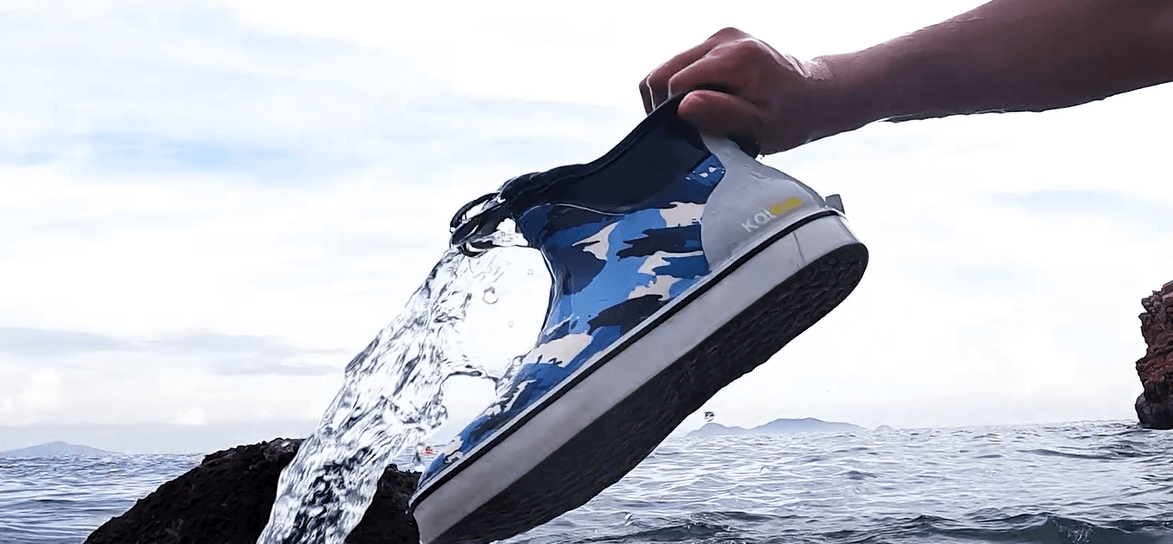
Post-Water Exposure Care
Drying Deck Boots After Water Exposure
Drying your boots after being in water is very important. Wet boots can smell bad, grow mold, or get damaged. Follow these steps to dry them:
- Shake Off Water: Shake out water from inside and outside the boots. Turn them upside down if they’re soaked.
- Wipe Them Dry: Use a dry cloth to remove water on the surface. Focus on seams and soles.
- Air Dry: Place boots in a ventilated area to dry naturally. Avoid sunlight or heaters, which can crack the rubber.
- Stuff Them: Put newspaper or silica gel inside to absorb leftover moisture. If you need them to dry fast, use a boot dryer. It works quickly without harming the material.
Protecting Deck Boots from Salt Damage
Saltwater can harm your boots, especially rubber ones. Salt dries out the material, making it weaker over time. Protect your boots by doing the following:
- Rinse Quickly: Wash your boots with fresh water right after saltwater exposure. This stops salt from forming crystals.
- Use Vinegar Mix: For tough salt stains, mix vinegar and water. Scrub gently to clean the spots.
- Apply Conditioner: Use a rubber treatment to keep the material flexible and prevent cracks. Rinsing and conditioning often will help your boots handle saltwater better.
Waterproofing Tips for Deck Boots
Most deck boots resist water, but waterproofing them makes them even better. If you use your boots often in wet places, follow these tips:
- Clean First: Make sure your boots are clean before waterproofing. Dirt can block the product from sticking.
- Pick the Right Spray: Use waterproofing sprays made for rubber boots. They protect without causing damage.
- Cover Evenly: Spray or apply the product evenly, especially on seams and areas that might leak.
- Let It Dry: Wait until the waterproofing dries completely before wearing the boots.
Quick Tip: Reapply waterproofing every few months or after heavy use to keep them water-resistant.
Material-Specific Care
Care Tips for Rubber Deck Boots
Rubber deck boots are strong but need care to last. Follow these steps to keep them in great shape:
- Clean Often: Wash your boots with fresh water after each use. This clears dirt and salt that can harm the rubber.
- Remove Stains: Use a soft brush and mild soap for tough spots. For harder stains, try a baking soda paste.
- Dry Correctly: Let your boots air dry in a cool, shaded spot. Avoid sunlight or heaters, as they can damage the rubber.
- Condition the Rubber: Use a special product to keep the rubber soft and shiny. This stops cracks and helps your boots last longer.
- Check the Fit: Make sure your boots fit well. A snug fit prevents blisters and keeps your feet comfy.
Rubber deck boots are made for wet and slippery places. Their non-slip soles keep you safe, and waterproofing keeps your feet dry. Taking care of them makes sure they stay strong for your next trip.
Leather Deck Boots Maintenance
Leather deck boots need extra care to stay in good shape. Proper care keeps them soft, flexible, and ready for long use. Follow these steps to maintain them:
- Brush off dirt with a horsehair brush.
- Clean the leather gently with mild soap and water. Don’t soak it.
- Rub in Mink Oil to keep the leather moist and crack-free.
- Apply Leather Cream to protect and hydrate the material.
- Let the boots rest for twice the time you wore them. This helps the leather breathe and stay dry.
Leather care isn’t just about cleaning. Store your boots with shoe trees to keep their shape. Fix any damage quickly to avoid bigger problems. These steps will keep your leather boots looking good and working well.
Experts say using the right products and methods is key for leather care. Manufacturers also suggest avoiding too much water and ensuring a proper fit to make your boots last longer. Leather boots can be repaired, so caring for them now saves money later.
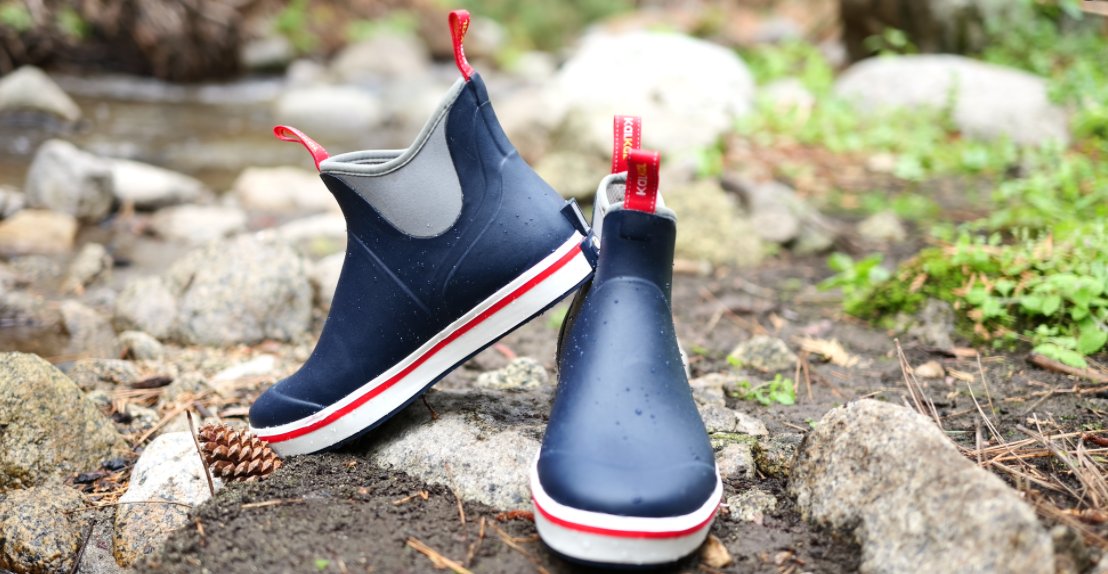
Wear Kalkal deck boots that are durable and easy to clean. Take you anywhere in rugged conditions
Sole Maintenance
Cleaning Soles for Better Grip
The soles of your deck boots help you stay steady. Dirt and grime can build up over time, making them slippery. Cleaning them often keeps their grip strong.
First, rinse the soles with fresh water to remove loose dirt. Use a soft brush to scrub away any stuck grime in the grooves. For tougher dirt, mix mild soap with water and clean gently. If the soles feel smooth or lose grip, lightly sand them to restore traction. This easy step keeps your boots ready to use.
Inspecting Soles for Wear and Tear
Worn soles can make your boots unsafe and less effective. Check them often to spot problems early. Look for thin spots, cracks, or uneven areas. Pay attention to the tread pattern—if it’s fading, take action.
Run your fingers along the edges of the soles. If they feel smooth instead of rough, they might not grip well anymore. Regular checks help keep your boots safe, especially in wet or slippery places.
Repairing or Replacing Deck Boot Soles
If cleaning or sanding doesn’t fix your soles, repairs or replacements are needed. For small cracks in rubber soles, use rubber glue to seal them. Let the glue dry completely before wearing the boots again. Check more: How to Fix Your Boots With Rubber Boot Repair Kits?
If the soles are too damaged, replace them. Many cobblers can resole rubber boots, giving them new life. Resoling saves money and reduces waste, which is better for the environment. Always pick high-quality replacement soles to keep your boots durable and grippy.
Long-Term Care Tips
Storing Deck Boots to Prevent Damage
Proper storage is key to keeping your deck boots in great shape. When you’re not wearing them, make sure they’re clean and dry. Dirt and moisture can weaken the rubber over time. Store your boots in a cool, dry place away from direct sunlight. Sunlight can cause the rubber to crack or fade.
If you want to maintain their shape, use boot trees or stuff them with newspaper. This prevents creases and keeps your boots looking fresh. Avoid stacking heavy items on top of your footwear, as this can deform the material.
If you’re storing your boots for a long time, apply a rubber conditioner first. It keeps the material flexible and prevents cracking.
Periodic Inspections for Longevity
Regular inspections can save you from costly repairs. Check your boots every few weeks for signs of wear and tear. Look for cracks in the rubber, worn-out soles, or loose seams. Catching these issues early can extend the life of your boots.
Don’t forget to inspect the insides too. Remove the insoles and check for moisture or mold. If you notice any damage, address it right away. Small repairs, like sealing a crack with rubber glue, can make a big difference.
Seasonal Care Tips for Deck Boots
Different seasons bring different challenges for your boots. In winter, salt and snow can damage the rubber. Rinse your boots with fresh water after every use to remove salt. Apply a waterproofing spray to keep them protected.
During summer, heat can dry out the rubber. Store your boots in a shaded area and condition them regularly. For rainy seasons, ensure they’re fully waterproofed and ready to handle wet conditions.
By adjusting your care routine to the season, you’ll keep your boots in top condition all year round.
Conclusion
Taking care of your boots isn’t just about keeping them clean—it’s about making them last. Regular maintenance helps your deck boots stay durable and perform well, whether you’re on the water or tackling tough conditions. By following the simple deck boots care guide, you’ll save money and keep your footwear ready for every



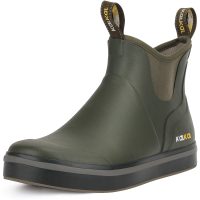
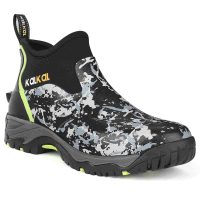







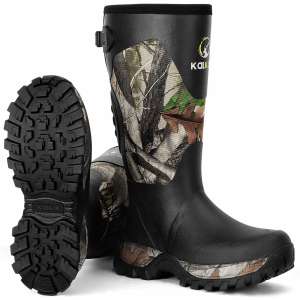
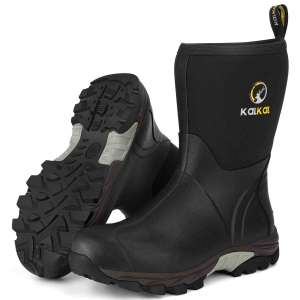

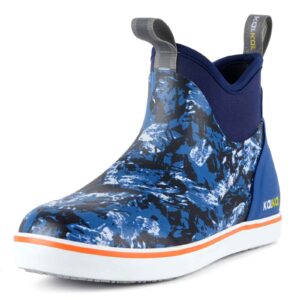
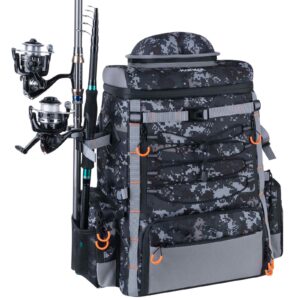


Leave a reply